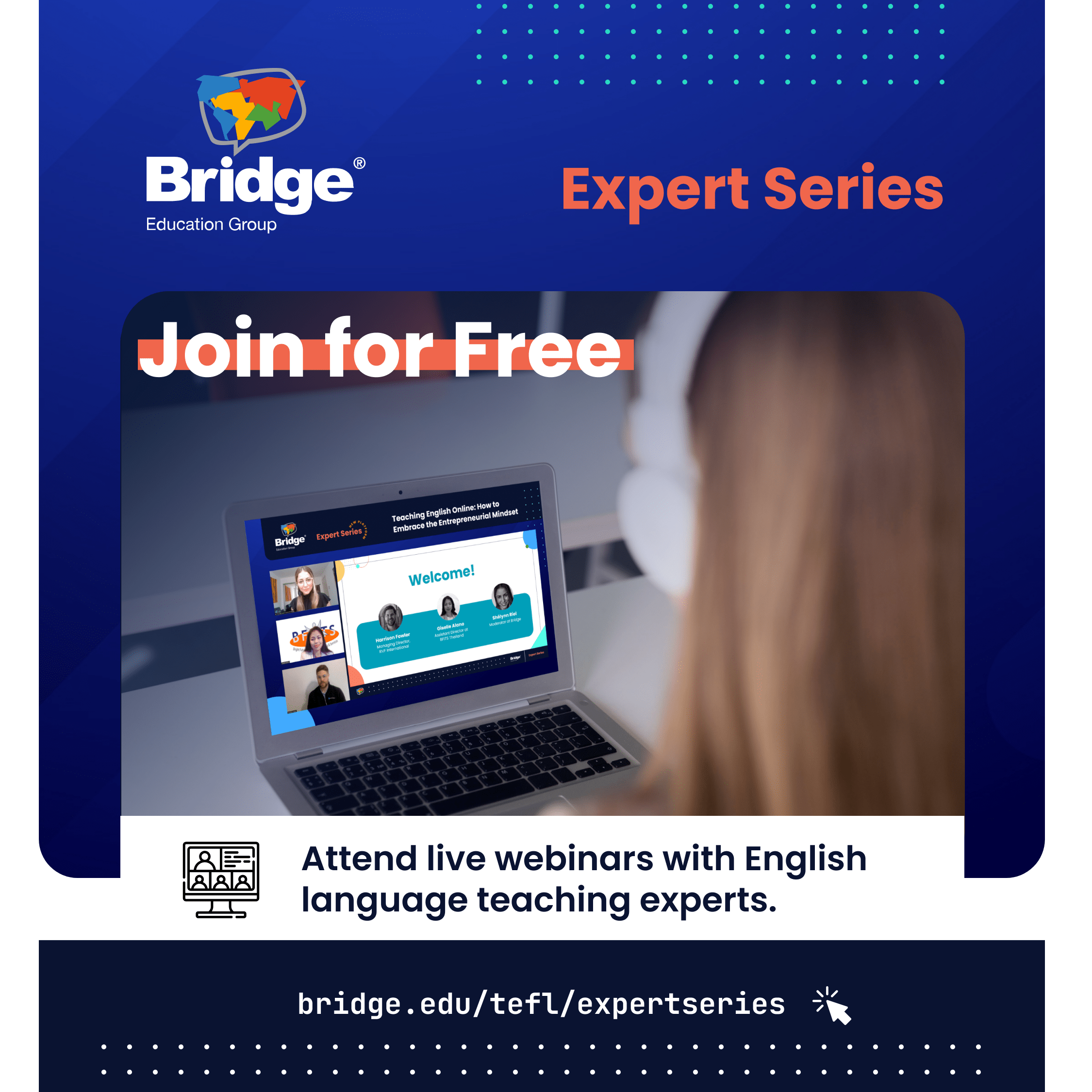Auditing your language training program is crucial for many reasons, including ensuring return on investment. There are many aspects of a language training program that should be analyzed when conducting a language training program audit. Periodic review of your program will ensure it is not only effective, but continues to remain efficacious even with company growth, technological advances, or industry changes.
Interested in learning about the advantages of English language training? Read about the benefits of English language learning for companies.
Identify your language training program objectives
An initial step in a language training program audit is simply to define the audit objectives. What are the goals or objectives of the audit?
Some language training program audit objectives may include:
- To determine the language proficiency levels of non-native English speaking employees
- To evaluate the effectiveness of training materials
- To evaluate the experience levels of teaching staff
- To evaluate the teaching methodologies
- To evaluate employee participation rates in the program
- To define the impact of training on employee performance
Here are the essential elements of a language training program that should be considered in an audit.
Identify your key stakeholders
After defining your objectives, identify all key stakeholders in the language training program. Stakeholders may include HR professionals, management, learners, and trainers. Gathering input from all stakeholders in the program will ensure a comprehensive understanding of the program, as well as any potential challenges or issues.

Evaluate all aspects of your training courses
Next steps in the audit may include evaluation of program trainers, teaching materials and curriculum, and teaching methodologies. An effective language training partner should have experienced trainers, curriculum and learning materials that apply to learners’ specific needs and goals, and teaching methodologies that prepare learners for the job-specific tasks they’ll need to apply their learning on the job.
Review trainer competencies
Assess the qualifications, expertise, and teaching skills of your language trainers. Trainers should have Business English teaching experience and use effective teaching practices that meet the needs of individual learners. A program that includes a detailed needs assessment will identify personal learning goals of each student and inform instructional practices and course materials selection.
BridgeEnglish teachers are experienced, certificated Business English teaching professionals. Bridge trainers are also lifelong learners, with personalized professional development plans and access to upskilling resources such as Bridge courses, Expert Series webinars, and industry news articles, as well as a teaching community located in more than 140 countries.
Review curriculum and training materials
Evaluating the curriculum and training materials can provide valuable insights. A good program will align with company objectives and integrate those objectives into curriculum and materials. Authentic training materials provide opportunities for learners to practice and improve job-specific tasks. Review of materials and curriculum can ensure they align with both company and employee learning objectives.
Review teaching methodologies and delivery methods
Typically, multiple teaching methodologies are best suited to Business English courses, as employees are not only working to improve language proficiency, but also to master competencies such as interpersonal and intercultural communication, teamwork and collaboration, and problem-solving and task completion. Assessing program teaching methodologies can provide valuable information on training program alignment with company objectives.
It is also important to consider the delivery of the program, such as online asynchronous courses, online synchronous courses, or in-person training. Program delivery should meet the specific needs of the learner as well as the company, considering scheduling constraints, accessibility, and learning modes of employees. Consider factors such as use of technology in training and feedback mechanisms.
The Bridge language program is teacher-led and delivered online, with options for private instruction, group instruction, and language immersion. Bridge also provides an online learning platform via our LMS (Learning Management System), combining experienced teachers with state-of-the-art learning technology. Job or industry-specific tasks may guide choice of private instruction, group instruction, or language immersion course format, depending on proficiency levels, learning goals, and program objectives.

Read more about how to choose an English language training program that fits your company’s needs.
Measure learner progress and satisfaction
An audit should also evaluate data on both learner progress and satisfaction. Assessments, tests, or other metrics should be evaluated to measure learners’ progress and proficiency levels before, during, and after training. For language assessments, Bridge uses tests to measure learners’ proficiency levels and the Global Scale of English (GSE), developed by Pearson, to interpret findings and provide detailed learner progress reports. Based on CEFR levels, the GSE uses a scale of 10-90, further breaking down the six CEFR scales to show micro-learning progressions, offering a more nuanced analysis of learner progress.
Additionally, an audit should evaluate program feedback from employees to gauge their satisfaction with the training. This information will help identify areas where learners may be struggling and provide insights into the overall effectiveness of the training program. The Bridge language program dashboard provides HR managers insights into employees’ satisfaction with the program, as well as other important data and analytics.
Track impact on performance
Beyond tracking learners’ language progress and program satisfaction, an audit should also determine how language training has impacted employee performance and productivity. Analyze whether the acquired language skills are being effectively applied in the workplace and resulting in improved communication, collaboration, and customer service. This can be done through performance evaluations, feedback from supervisors, and through analyzing relevant metrics. This information can provide insights into the effectiveness of the program format and into areas that need improvement.
Develop an improvement plan
The final step in conducting a language training program audit is to use the information gathered in the above steps to create a comprehensive improvement plan. A best practice for implementing this plan is to prioritize areas that require immediate attention and allocate resources accordingly. Remember that conducting a language training audit is an ongoing process. Regularly reviewing and updating your language training program based on changing needs, new technologies, and evolving industry standards will ensure that your company’s English language training efforts remain effective and aligned with organizational goals.












